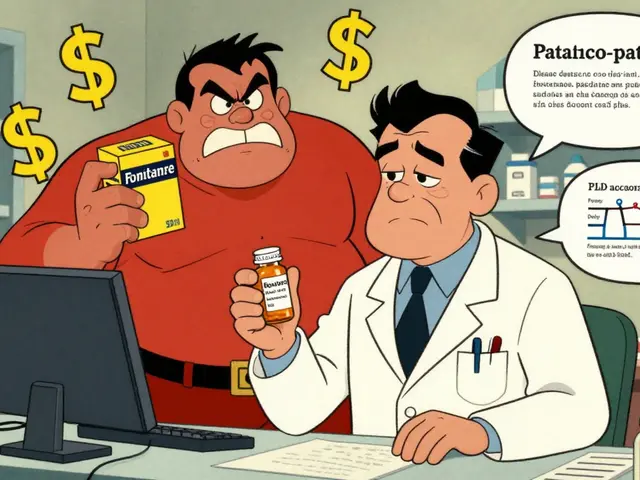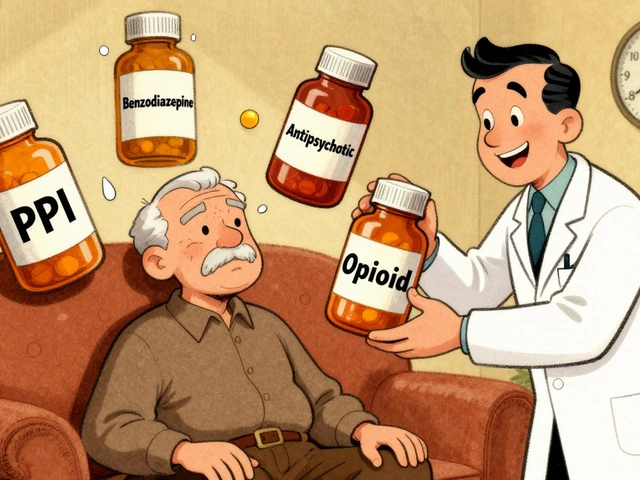Physical Therapy Basics: Recover Faster and Stay Strong
Ever wonder why doctors keep sending patients to a physical therapist? It’s not just for athletes – anyone dealing with pain, injury, or reduced movement can benefit. Physical therapy works on the idea that moving right can fix a lot of problems before they become chronic.
What is Physical Therapy?
Physical therapy, or PT, is a hands‑on treatment that uses exercises, stretches, and manual techniques to improve how your body moves. A licensed therapist assesses your condition, then designs a plan that targets weak muscles, tight joints, and pain sources. Sessions usually last 30‑60 minutes and focus on real‑world movements you’ll use every day.
Key Benefits and Getting Started
First, PT can cut pain without relying on medication. By strengthening supportive muscles, you reduce pressure on inflamed joints and nerves. Second, it improves mobility – simple tasks like climbing stairs or picking up groceries become easier. Third, regular therapy helps prevent future injuries, especially if you’ve had a previous sprain or surgery.
Getting started is easy. Ask your primary doctor for a referral, or search for a local clinic with certified physical therapists. Many clinics offer a free initial evaluation, where the therapist explains what to expect and answers your questions. Bring any imaging reports or doctor notes so they can tailor the program to your exact needs.
During your first few visits, expect a mix of assessment and gentle movement. The therapist might test your range of motion, strength, and balance, then show you a few exercises to do in the clinic and at home. Home exercises are the real game‑changer – they reinforce what you learn in session and speed up recovery.
Typical home routines include basic stretches for the back, hip bridges for glutes, and ankle pumps for circulation. You don’t need fancy equipment; a resistance band or a small weight can be enough. Aim for short, consistent sessions – 10‑15 minutes a day often beats a long, irregular workout.
If cost is a concern, check whether your health insurance covers PT. Many plans allow a set number of visits per year, and some therapists offer cash‑price packages that are cheaper than paying per visit. Public hospitals and community health centers also provide PT services at reduced rates.
Common myths can hold people back. Physical therapy isn’t just “exercise”. It’s a guided, therapeutic process that adapts as you improve. It’s also not painful – a good therapist will adjust intensity so you feel challenged, not hurt.
Bottom line: if you’re dealing with aches, recovering from surgery, or just want to move better, give physical therapy a try. The right program can restore function, lower pain, and keep you active for years to come. Start with a simple call, schedule that first evaluation, and take the first step toward a stronger, more mobile you.





